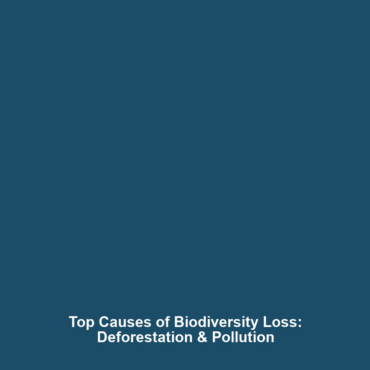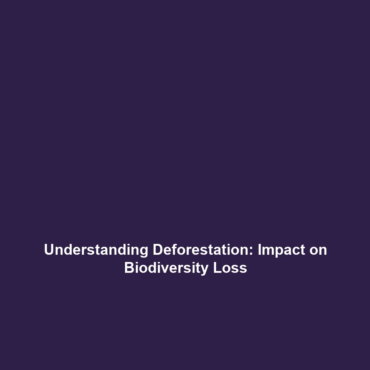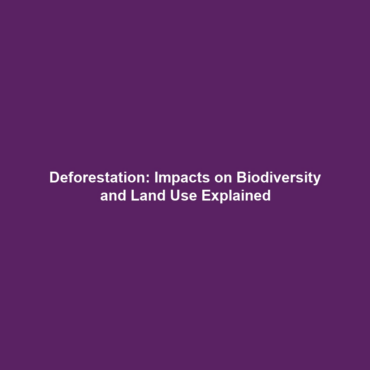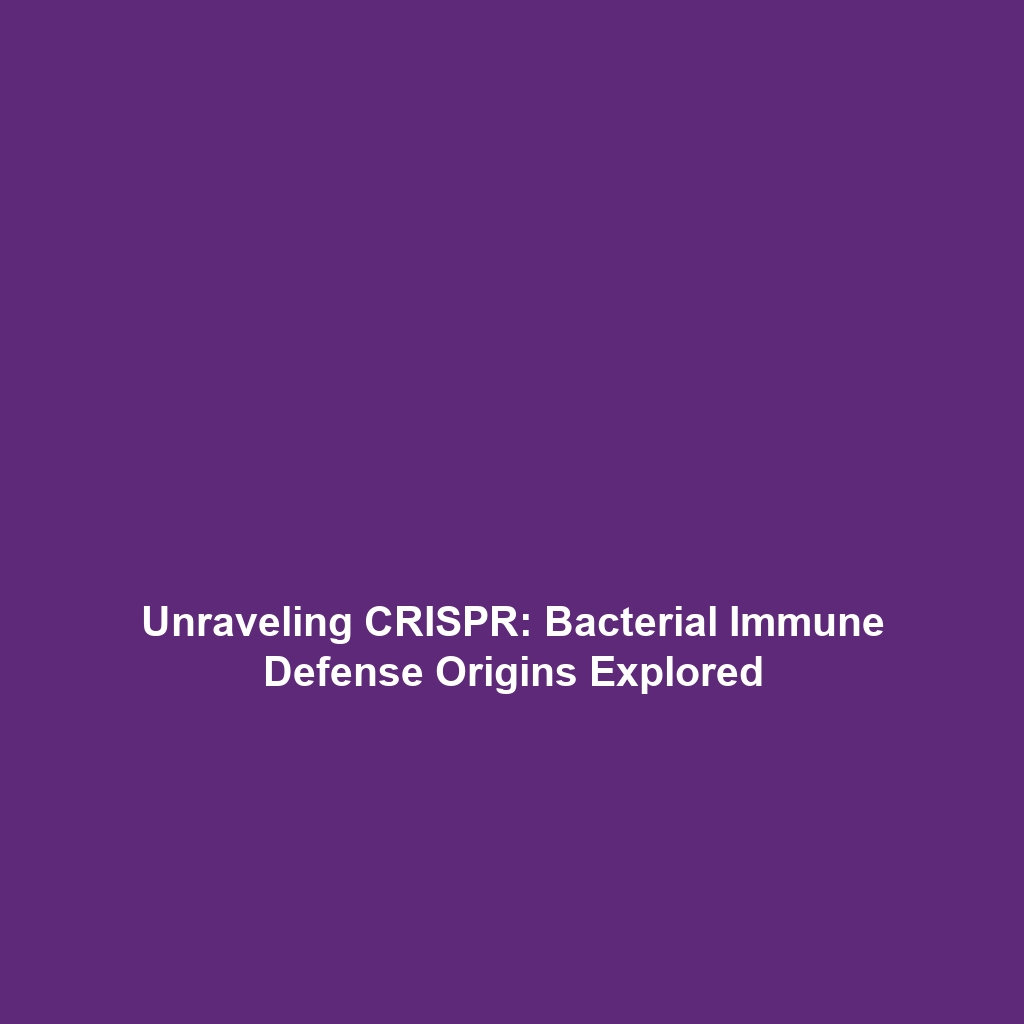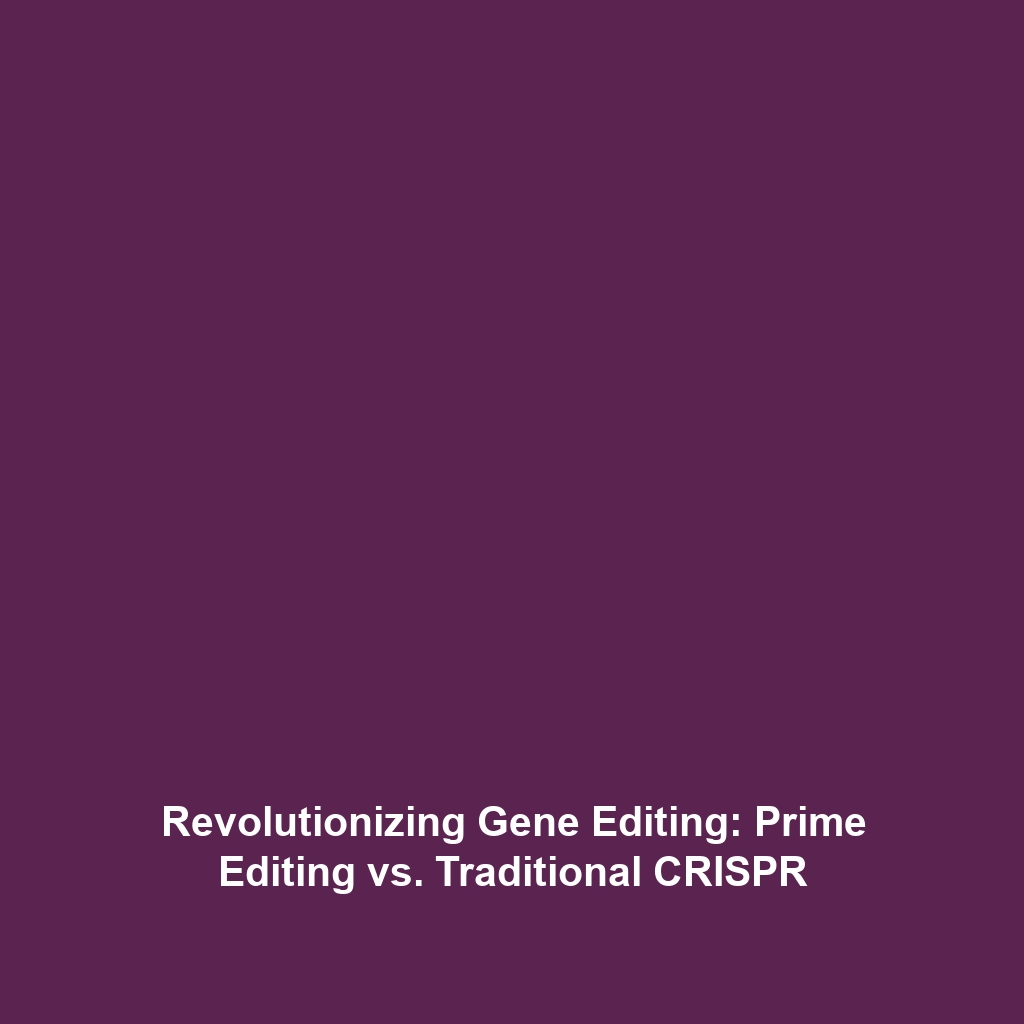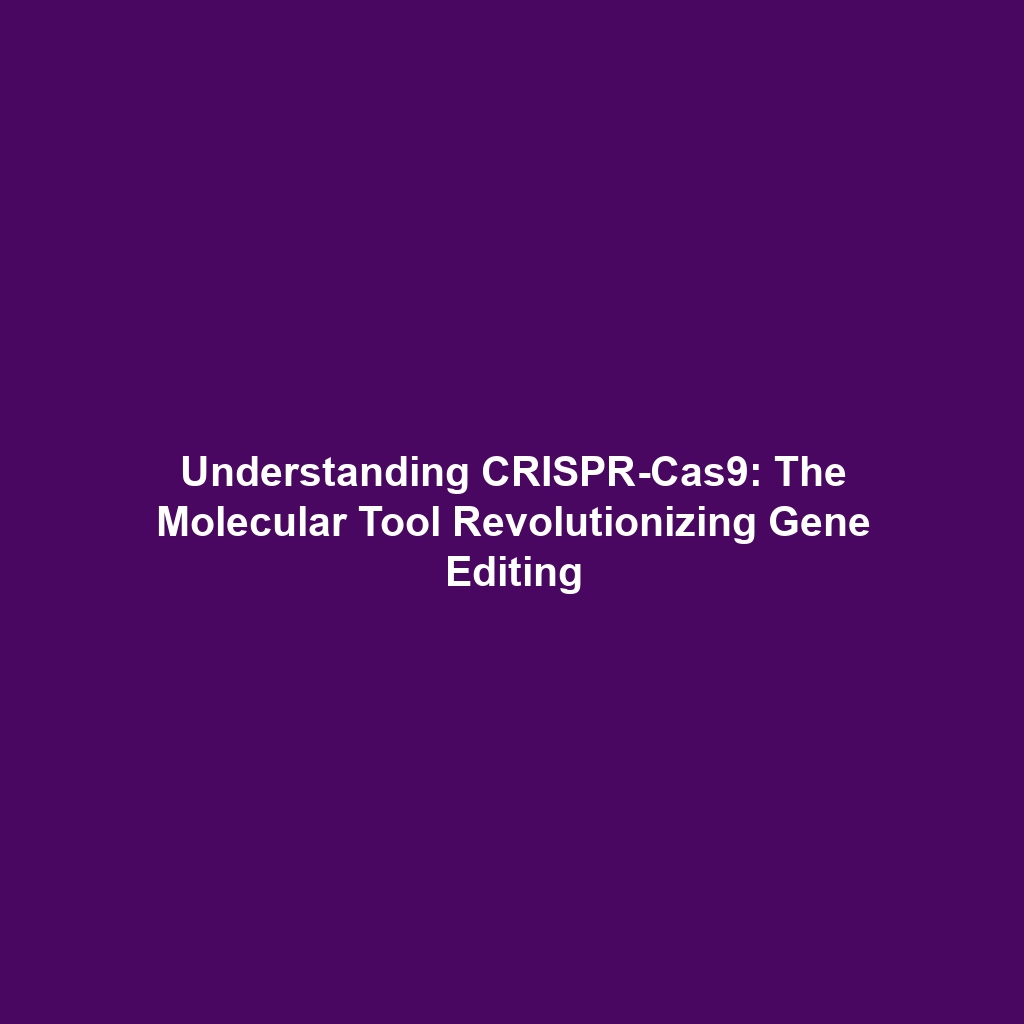“`
Major Drivers of Biodiversity Loss: Habitat Fragmentation, Deforestation, Pollution, and Climate Change
Introduction
Biodiversity is crucial to the health of ecosystems and the services they provide, from food production to climate regulation. However, human activities such as deforestation, habitat fragmentation, pollution, and climate change significantly threaten biodiversity. Understanding these drivers is essential within the broader context of deforestation and biodiversity loss, as they contribute to the extinction of species and degradation of natural habitats, affecting both environmental balance and human well-being.
Key Concepts
Habitat Fragmentation
Habitat fragmentation occurs when large habitats are broken into smaller, isolated patches, often due to development and land-use change. This process reduces species’ ability to interact, mate, and sustain healthy populations, making them more vulnerable to extinction.
Deforestation
Deforestation, primarily driven by agriculture, logging, and urbanization, leads to significant biodiversity loss. It not only directly eliminates flora and fauna but also disrupts ecosystems, contributing to habitat fragmentation.
Pollution
Pollution from industrial activities, agricultural runoff, and plastics contaminates air, water, and soil, harming wildlife and their habitats. The resulting decline in biodiversity impacts ecosystem services crucial for human survival.
Climate Change
Climate change alters temperature and precipitation patterns, which can lead to habitat losses for many species. As ecosystems shift, some species may be unable to adapt or migrate, further exacerbating biodiversity loss.
Applications and Real-World Uses
Understanding the major drivers of biodiversity loss has critical applications in conservation biology and environmental policy. Some significant applications include:
- Conservation Planning: Identifying areas at risk allows for targeted conservation efforts to preserve critical habitats.
- Restoration Ecology: Utilizing knowledge of deforestation and its effects aids in the restoration of degraded ecosystems.
- Agroecology: Integrating biodiversity considerations in agricultural practices reduces pollution and promotes sustainable land use.
Current Challenges
The study of biodiversity loss faces several challenges, including:
- Data Gaps: Limited research on certain regions and species makes it difficult to assess biodiversity accurately.
- Policy Implementation: Inconsistent enforcement of environmental regulations hampers effective conservation efforts.
- Public Awareness: A lack of understanding about the importance of biodiversity limits community engagement in conservation initiatives.
Future Research and Innovations
Future research holds promise for innovative solutions to combat biodiversity loss. Potential areas of focus include:
- Remote Sensing Technologies: Advanced satellite technology can monitor deforestation and habitat changes.
- Genetic Research: Studies on genetic diversity can enhance conservation strategies to protect endangered species.
- Climate Adaptation Strategies: Developing approaches to help species adapt to changing climates will be crucial in conservation efforts.
Conclusion
Recognizing and addressing the major drivers of biodiversity loss—habitat fragmentation, deforestation, pollution, and climate change—is vital for sustaining ecosystems and human life. Proactive measures and innovative research are essential to mitigate these threats. For further reading, explore topics such as deforestation impacts and biodiversity conservation strategies.
“`
This -formatted article explores the key aspects of biodiversity loss, presenting a structured overview designed for reader engagement and SEO optimization.
